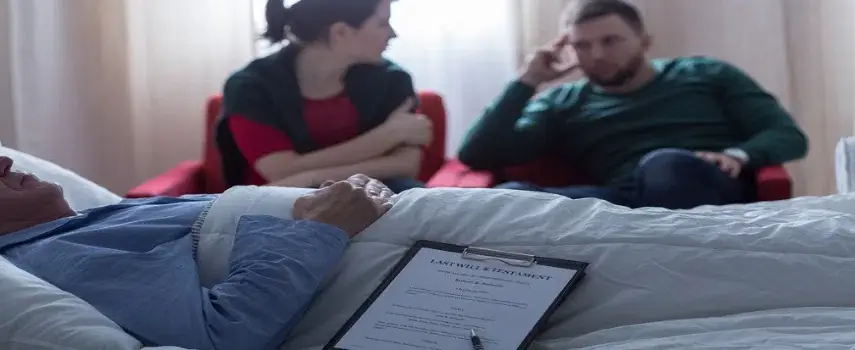In New York, trying to understand how family members distribute wrongful death settlements is very confusing. The reason for that is because of how the New York Wrongful Death Law works. Unlike many other states, family members cannot recover for the emotional distress of losing a loved one.
This may sound shocking, and that is because it is. This barbaric law prevents a jury from awarding anything for the emotional loss of a loved when even when their death is someone else’s fault. Therefore, the first step to understand how a settlement is distributed is to understand what exactly makes up a settlement.
What are Pecuniary Damages
The first step in understanding how family members distribute wrongful death settlements is learning and understanding the phrase pecuniary damages. Pecuniary damages are damages which are quantifiable. For examples, funeral expenses, burial expenses and medical expenses. Each of these are recoverable in a wrongful death action. In addition, money or monetary benefits which the victim was contributing to the household is also recoverable. This is generally the victim’s salary, health benefits, and retirement benefits.
While these items might be obvious, other things may not be so obvious. In New York, the law requires that you also put a monetary value on every day activities. For example, if a father drove his kids to school, dance recitals and band practice, the law requires that you assign a monetary cost to this. You would do this by showing the costs of a chauffeur service to these things.
If a mother helped with homework, you would show this value by looking at a tutor’s rates with similar skills. If the victim cleaned around the house, cooked or did repairs, you would also prove these damages by calculating the cost of cleaning services, cooks and contractors. While this, at times, can seem convoluted, it is how New York requires you to prove damages in a wrongful death case. The exception to this is for children. In many instances, children are able to recover for the lost intellectual, moral an physical training.
How Family Members Distribute Wrongful Death Settlements – Survivorship

In addition to the pecuniary damages, any guide as to how family members distribute wrongful death settlements must consider a survivorship claim.
This claim allows the victim’s estate to recover for the victim’s pain and suffering and fear of impending death. Pain and suffering in these cases can be significant, even if it was a short a period of time.
The idea is that had the victim survived, he or she would have been entitled to recovery for pain and suffering as a result of the accident. That, then would have been an available asset and it now gets distributed to the estate. In addition, the estate will recover for fear of impending death or pre-impact terror. While this scenario arises in many cases, your attorney must be able to show that the victim was aware of their impending death or serious injury. This often occurs in cases where there is a significant fall or violent crash.
Order of Recovery
In the wrongful death claim, the people who can recover are the people who can show pecuniary loss. Therefore, if the wife can show a pecuniary loss of her husband, she will be entitled to that money. The same hold true for children. This is different than the survivorship claim, which includes pain and suffering as well as fear of impending death. A statute sets the order for distribution in that claim.
The Estate Law outlines the order of recovery for families. Any property not disposed of by a will is generally distributed by a certain pattern. If there is a spouse, and no children, the entirety goes to the spouse. If there is a spouse and children, $50,000 and half of the estate to the spouse, the remaining is equally divided by the children. When there are children and no spouse, then equally among the children. If there is no spouse or children, then to the parents.


